The project forms part of the Community Nutrition fourth-year residency in the training of student dieticians. During this residency, students spend one week working in the community conducting nutritional assessment of community members in their households. Furthermore, students plan individual dietary counselling and also carry out community nutrition workshops.
What skills and resources were you able to draw from the community for this project?
The most crucial asset gained is human resources in terms of community members who volunteer themselves to identify others in the community who need nutrition assistance. We have been fortunate to form a partnership with the local ward committees in the communities where we work. These people ensure the effectiveness of the programme because they serve as a referral point. Members of the committees are custodians of their communities and therefore know of those community members who are at the most need of our services. Additionally, community members have provided an opportunity for students to learn about indigenous knowledge systems as well as indigenous dietary practices. This is even true in the area of vegetable gardening; as dietitians, we often make the recommendation for people to improve their dietary diversity and this is dome most effectively through vegetable gardens. Though we recommend vegetable gardens, we do not always know how to plant and maintain one. We have worked with three community members who have shown our students how to begin and maintain a vegetable garden.
The challenges
The main challenge being addressed is that of providing access to nutrition services in communities that do not have such access. Most people living in disadvantaged communities are unaware of the impact of nutrition on their well being. However, the very community members are often living with non-communicable diseases which require dietary intervention. Where this service is available, disadvantaged communities are unable to access it because the nearest health center where a dietitian is present, is often too far for community members to reach. The second challenge is that dietitians servicing most disadvantaged communities are unable to achieve good outcomes due to language barriers, as well as due to a lack of understanding of prevailing social factors influencing food intake and dietary choices.
Addressing the challenges
The project addresses the challenges indicated above by integrating theory learned in community nutrition with Service Learning. In the first three years of study, students are introduced to theory on working with communities and other stakeholders to improve community members' nutritional status. In the fourth year of study, students spend a week visiting community members in their homes or local clubs to provide various nutrition services. So far, the project has serviced the communities of Caleb Motshabi, Kgotsong, Phase 3, and Phase 9 in Bloemfontein. Upon entering the household, students carry out a comprehensive assessment of the community member being consulted. Information regarding socio-demographics, source of income, cooking, and storage facilities is gathered during the first session of the visit. Following this, students go on to ask community members about their dietary habits by conducting a diet history. Nutritional status is determined by weighing and measuring the household member and then interpreting the measurements obtained. The collected information is used to make a nutrition diagnosis and to provide individualized dietary counseling to the community member. Nutrition counseling is provided on various illnesses such as hypertension, HIV/AIDS, diabetes, anaemia, and others; this involves explaining the condition to the patient together with nutrition education on food choices. Depending on the patient, a meal plan or dietary guidelines are then given to the community member for use after the consultation. For the students, the project has afforded them an understanding of patient circumstances. As practicing dietitians, the students will one day be working in hospitals and clinics with people coming from these communities. The home visits create awareness in future dietitians of their patients’ circumstances and therefore ensure that dietary prescriptions and dietary guidelines are relevant to the patient. Besides going into the community members' houses, students are also introduced to the prevailing nutrition environment (i.e. fruit and vegetable markets, shops, and popular foods) and they are exposed to community members with vegetable gardens.
The achievements
The most significant accomplishment of the project is raising awareness around the importance of nutrition in healthy living. Community members have reported gaining or losing weight and achieving good blood pressure and blood glucose support after having consulted with the students. In some instances, community members who were found to be underweight are initiated, in their households, on the Nutrition Supplementation Programme. The knowledge surrounding the existence of such a programme has proven valuable for community members. Another achievement is the increase in the number of vegetable gardens in the communities. In an effort to improve food security, the Department provides community members with vegetable seeds to enable them to grow their own gardens. These are given to members of the community who are interested in planting their own gardens. Over the years, the Department has witnessed an increase in the number of households with household gardens in the areas where we work. What is even more encouraging is evidence of initiative by community members planting other forms of vegetables for which we do not provide vegetable seeds.






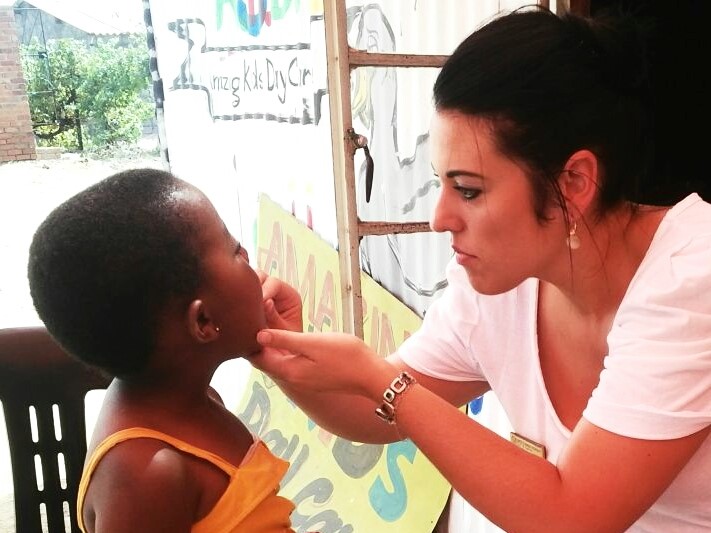


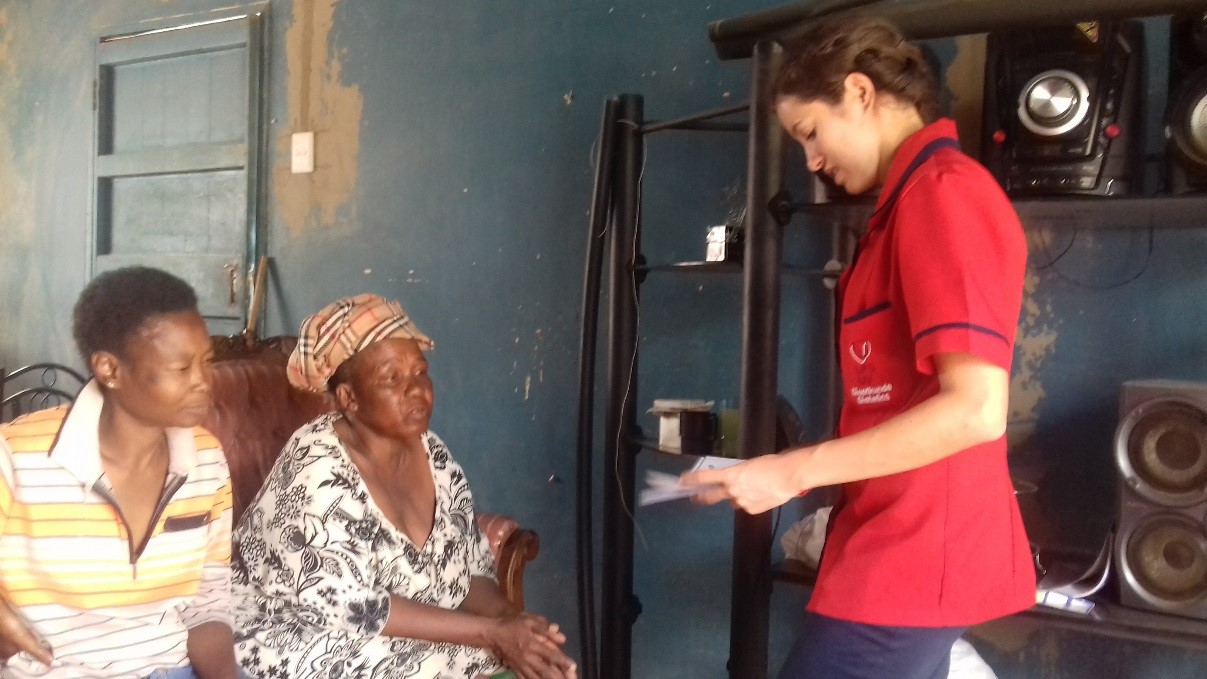

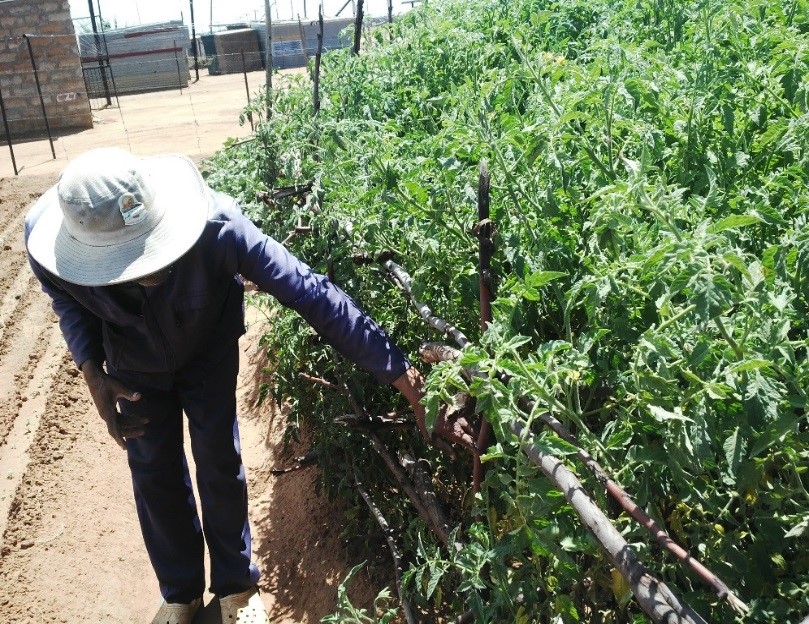
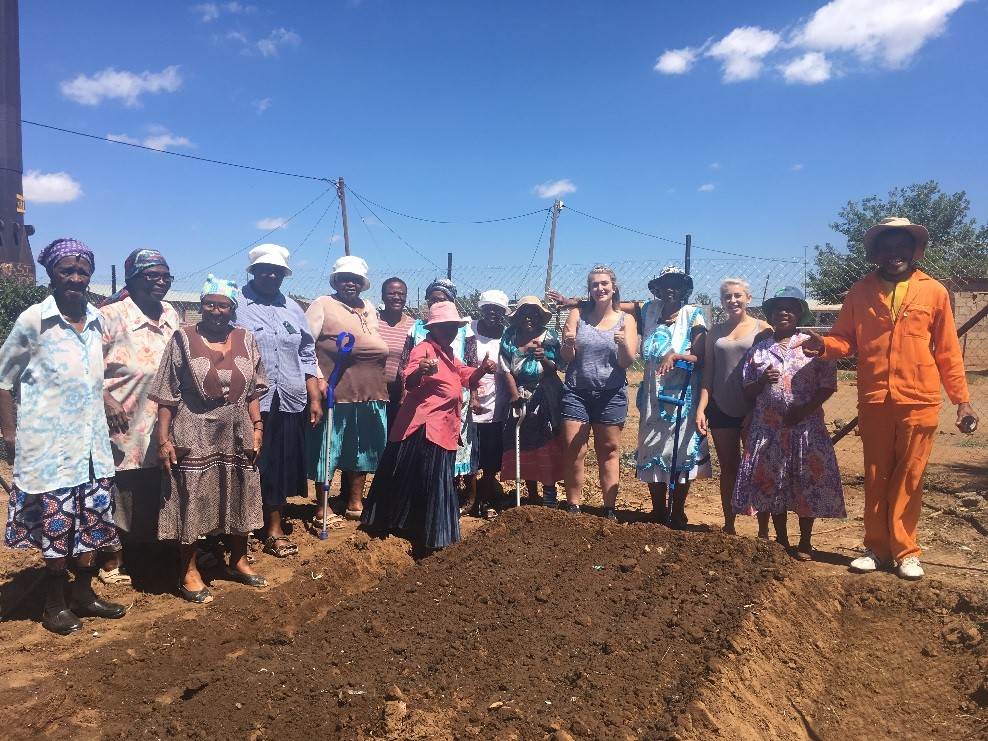

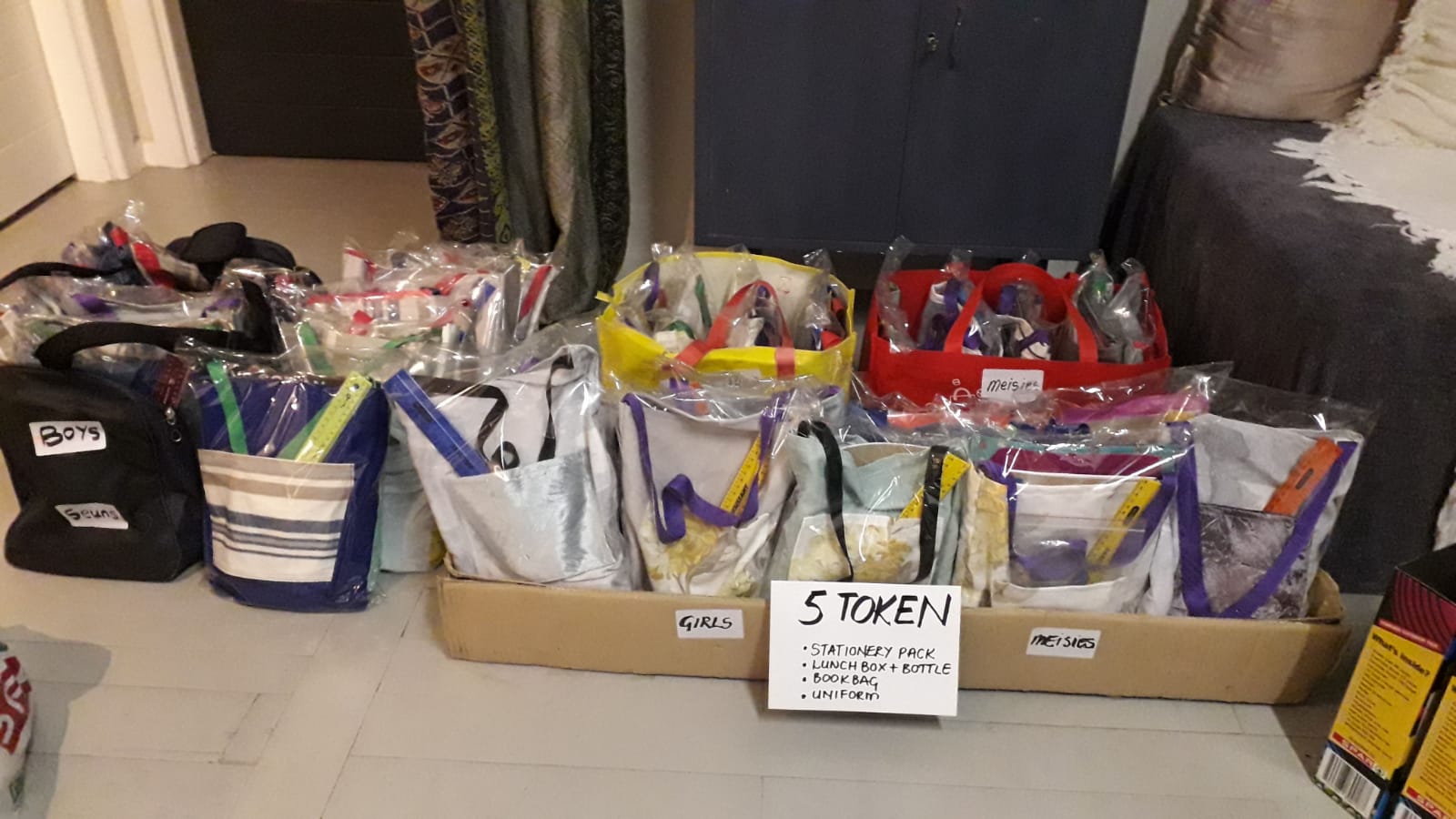
 Token Project / Move One Million
Token Project / Move One Million
